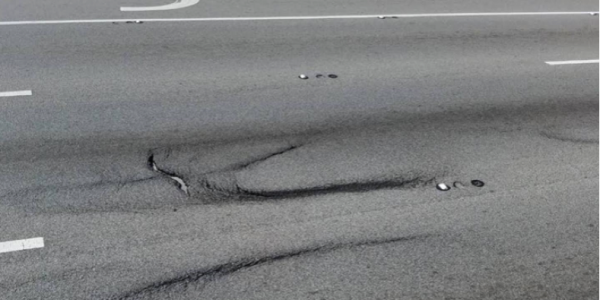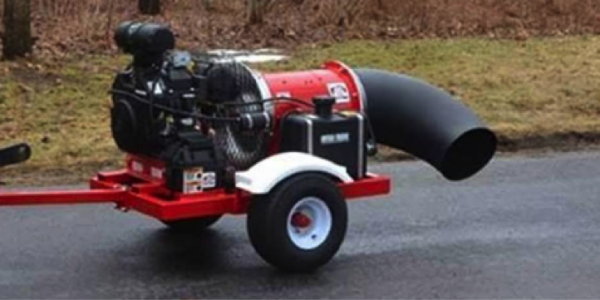As a civil engineer, I’m passionate about ensuring that asphalt pavements are constructed properly so that roads last longer. Unfortunately, I’ve seen the many ways asphalt pavement bonding with tack coats can go wrong. While we tend to think of the road construction process as complicated, it’s really quite simple if you think before you tack.
One way to look at asphalt pavement bonding is the “gluing” of two pavements together. One of the most common mistakes is bonding on dirty and/or wet surfaces. You would never paint a freshly-sanded wall before dusting off the sheetrock, right? So why would you “glue” pavements without following the same principle?
If tack coat is not applied to a clean surface, the tack will stick to the dirt, leaving the two layers poorly bonded. The pavement will not reach its full lifespan (sometimes signs of failure arise within a couple of weeks) and perform very badly. Bottom line: If you can’t properly clean the surface then you should reduce your expectations of the new pavement’s life from 100% to somewhere between 1% – 75%.

Just like an improperly painted wall, that road will be an eyesore and a pain for anyone that drives on it. Just look at that evidence of pavement shoving on a “new” highway in the picture below. The road will have to be repaved way sooner than expected, costing taxpayers more money on maintenance. If bonding would have been done right the first time, these scenarios would never be a common reality.

After years of experience in the road construction business, the best advice I can give is to clean all debris, dirt and dust before applying the tack. The most common ways to clean these surfaces is to sweep or blow them clean prior to tacking. However, please keep in mind that milling will always create more debris, dirt and dust than a traditional non-milled project. The best way to clean a milled surface is to open it back up to traffic for 2 to 7 days before paving. If that is not possible, a powerful high speed air blower—such as the one pictured below—is another alternative.

Hopefully you’ve learned something new from this engineer working in the asphalt “gluing” business. Keep your pavements clean when bonding, folks!

I liked your tip to remove any debris and other materials before applying tack. My parents recently bought a good amount of property and have been thinking about installing a small road that runs through part of it. I’ll let them know that they should make sure the surface is clean before adding the tack layer. http://bebrok.com.au/